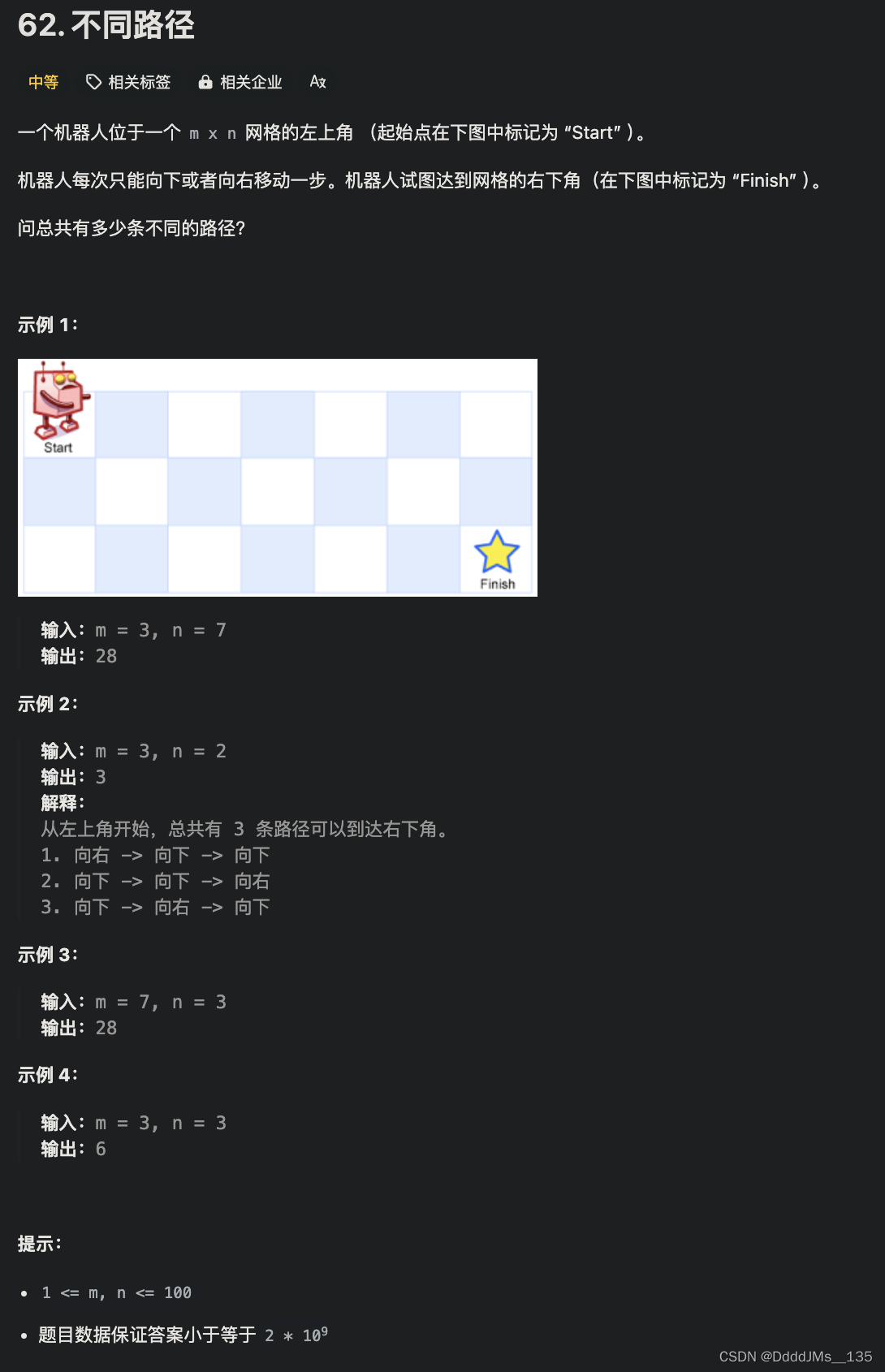非类型模版参数
回顾:函数模版 :不用传类型,编译器会自动推导,和普通的函数调用一样
#include<iostream>
using namespace std;
template<typename T>// T是类型
bool Less(T a, T b)// a,b是T实例化的的对象
{return a < b;
}
int main()
{cout << Less<int>(1,2) << endl;cout << Less(1, 2) << endl;return 0;
}类模版:通过传不同的类型,编译器会自动生成不同的类,然后进行实例化对象
namespace bit
{template<typename T>// T是类型class array{array( int size = 1 ){_array = new T[size];_size = size;}bool empty(){return _size == 0;}int size(){return _size;}private:T* _array;int _size;};
}注意:调用函数模版时,需要传对象(匿名实例化 或者 有名实例化)
调用类模版时,需要传类型
#include<iostream>
#include<vector>
#include<queue>
#include<algorithm>
using namespace std;
int main()
{
//函数模版vector<int> s = { 1, 2, 4, 6, 7,3,1 };sort(s.begin(), s.end(), less<int>());//升序for (auto& e : s)cout << e << " ";cout << endl;sort(s.begin(), s.end(), greater<int>());//降序for (auto& e : s)cout << e << " ";cout << endl;
//类模版priority_queue<int, vector<int>, less<int>> k;// 传的是类型k.push(1);k.push(3);k.push(9);k.push(10);while (!k.empty()){cout << k.top() << " ";k.pop();}cout << endl;return 0;
}非类型模版参数
概念:将常量作为模版参数
注意:1.只有整形家族才能支持非类型模版参数
2.参数在编译时就能确定
#include<iostream>
#include<algorithm>
using namespace std;
namespace bit
{template<typename T ,size_t size = 10>class array//静态数组{public:array( ){_array = new T[size];_size = size;}bool empty(){return _size == 0;}int size(){return _size;}private:T* _array;int _size;};
}
int main()
{bit::array<int, 20> s;return 0;
}模版参数可以支持缺省参数(类似于函数)
在priority_queue中我们以vector作为priority_queue的底层(参考我的另一篇文章:详细的讲解priority_queuede的用法与底层https://blog.csdn.net/wx20041102/article/details/138355281?spm=1001.2014.3001.5501)
模版特化
通常情况下,使用模板可以实现一些与类型无关的代码,但对于一些特殊类型的可能会得到一些错
误的结果
列如:
#include<iostream>
#include<deque>
#include<algorithm>
#include<vector>template<typename T>
class Less
{
public:bool operator() (const T& x, const T& y){return x < y;}
};template<typename T>
class Greater
{
public:bool operator() (const T& x, const T& y){return y < x;}
};class Date
{
public:Date(int year, int month, int day): _year(year), _month(month), _day(day){}bool operator<(const Date& s){if (s._year > _year)return true;else if (s._year == _year){if (s._month > _month)return true;else if (s._month == _month){if (s._day > _day)return true;}}return false;}
private:int _year;int _month;int _day;
};
int main()
{Date* p1 = new Date(2024, 1, 1);Date* p2 = new Date(2024, 1, 4);Less<Date*> ls;cout << ls(p1 , p2) << endl;//这里比较的是地址大小,而我们想要比较指向的内容大小return 0;
}解决方案:特化
-
函数模版特化
步骤如下:
1.必须要有一个基础的函数模版
2.关键字template后接一对空的<>
3.直接在()中写出要特化的类型
4.函数形参表:必须要和模版参数的基础类型完全相同
#include<iostream>
#include<vector>
using namespace std;template<typename T>
bool Less(T& x, T& y)
{return x < y;
}template<typename T>
bool Less(int*& x, int*& y)
{return *x < *y;
}template<typename T>
bool Less(string*& x, string*& y)
{return *x < *y;
}
int main()
{int* p1 = new int(1);int* p2 = new int(3);cout << Less<int*>(p1, p2) << endl;return 0;
}既然参数类型已经确定,那么函数模版也可以用函数重载(这是我们经常用的)
#include<iostream>
#include<vector>
using namespace std;template<typename T>
bool Less(T& x, T& y)
{return x < y;
}bool Less(int*& x, int*& y)
{return *x < *y;
}bool Less(string*& x, string*& y)
{return *x < *y;
}
int main()
{int* p1 = new int(1);int* p2 = new int(3);cout << Less<int*>(p1, p2) << endl;return 0;
}-
类模版特化
-
全特化
类型全部确定
步骤如下:
1.template 后接一对<>
2.class 类型名 + < 类型 >//注意这里要将类模版中全部的参数写出来
#include<iostream>
#include<algorithm>
using namespace std;
template<typename T , typename K>
class date
{
public:date(){cout << "111111111" << endl;}
private:T _a;K _b;
};
template<>
class date<int,char>
{
public:date(){cout << "22222222222" << endl;}
private:int _a;char _b;
};int main()
{date<int, char> s;date<char, char> k;date<int, int> q;
}-
偏特化
部分特化
1.template< 需要实例化的类型 >//template<typename T>
2.class <需要实例化的类型 + 缺省类型 >// class < T , char >
#include<iostream>
#include<algorithm>
using namespace std;
template<typename T , typename K>
class date
{
public:date(){cout << "111111111" << endl;}
private:T _a;K _b;
};
template<>
class date<int,char>
{
public:date(){cout << "22222222222" << endl;}
private:int _a;char _b;
};
template<typename T >
class date< T , char >
{
public:date(){cout << "3333333333" << endl;}
private:T _a;char _b;
};
int main()
{date<int, char> s;date<char, char> k;date<int, int> q;
}限制特化
以某个性质限制,列如指针 ,引用
#include<iostream>
#include<deque>
#include<algorithm>
#include<vector>template<typename T>
class Less
{
public:bool operator() (const T& x, const T& y){return x < y;}
};
template<typename T>
class Less<T*>// 限制特化 只有指针才能进入这里
{
public:bool operator()( T* x, T* y){return *x < *y;}
};template<typename T>
class Less<T&>// 限制特化 只有引用才能进入这里
{
public:bool operator()( T& x, T& y){return x < y;}
};template<typename T>
class Greater
{
public:bool operator() (const T& x, const T& y){return y < x;}
};class Date
{
public:Date(int year, int month, int day): _year(year), _month(month), _day(day){}bool operator<(const Date& s){if (s._year > _year)return true;else if (s._year == _year){if (s._month > _month)return true;else if (s._month == _month){if (s._day > _day)return true;}}return false;}
private:int _year;int _month;int _day;
};
int main()
{Date* p1 = new Date(2024, 1, 1);Date* p2 = new Date(2024, 1, 4);Less<Date*> ls;cout << ls(p1 , p2) << endl;return 0;
}






